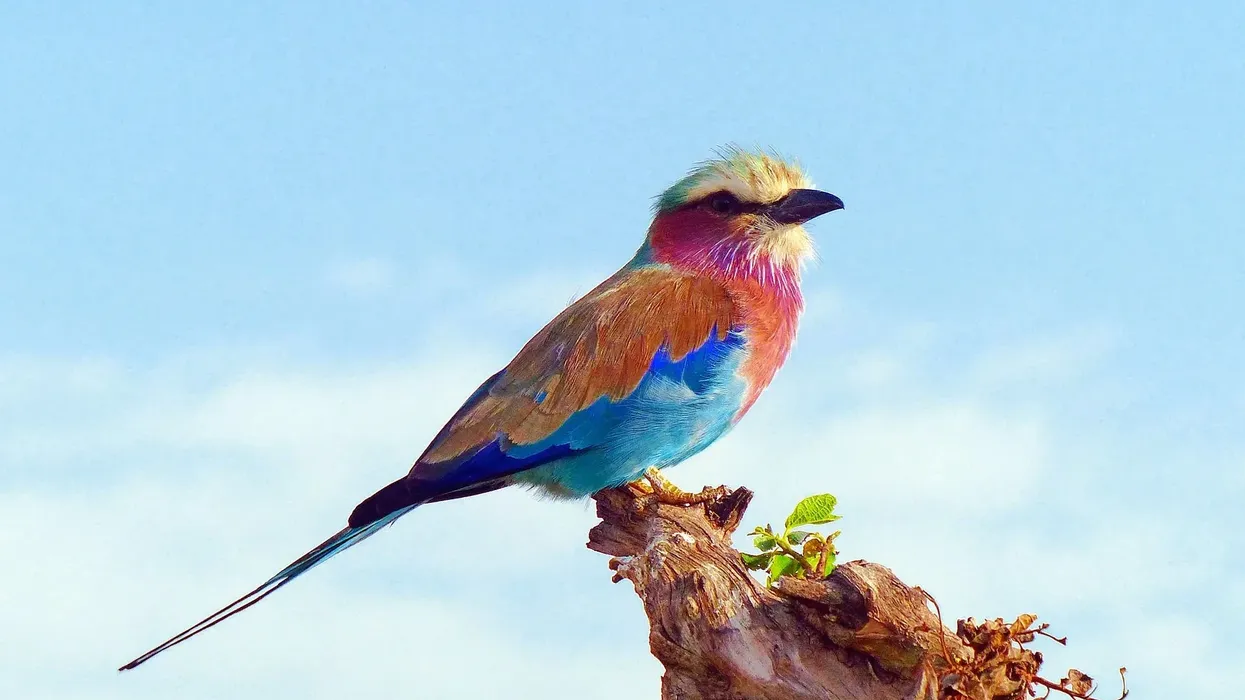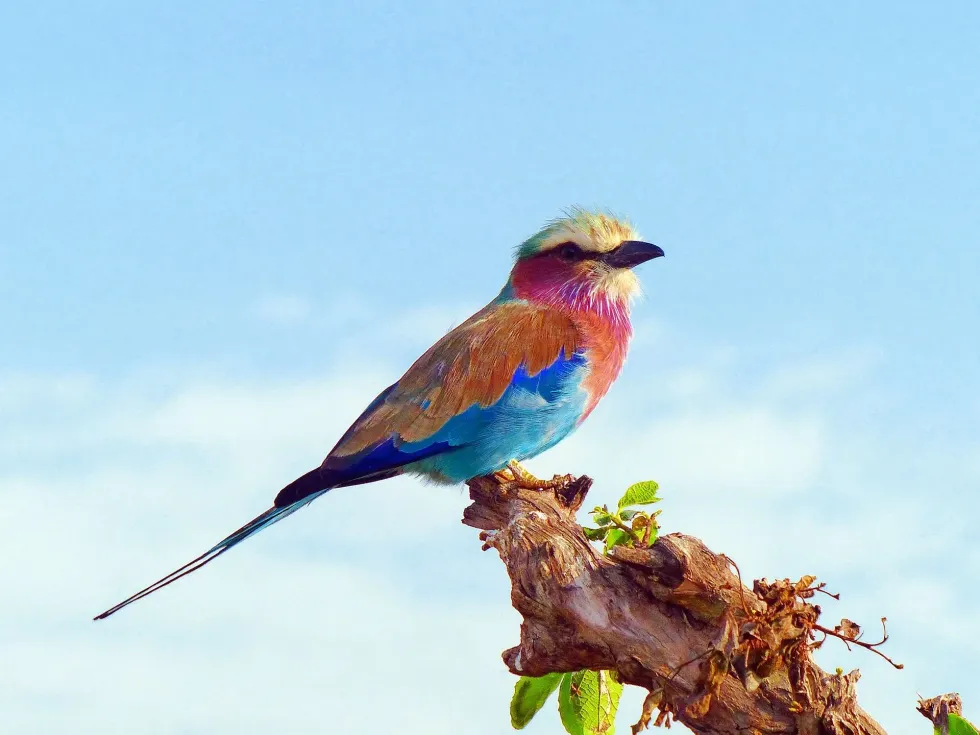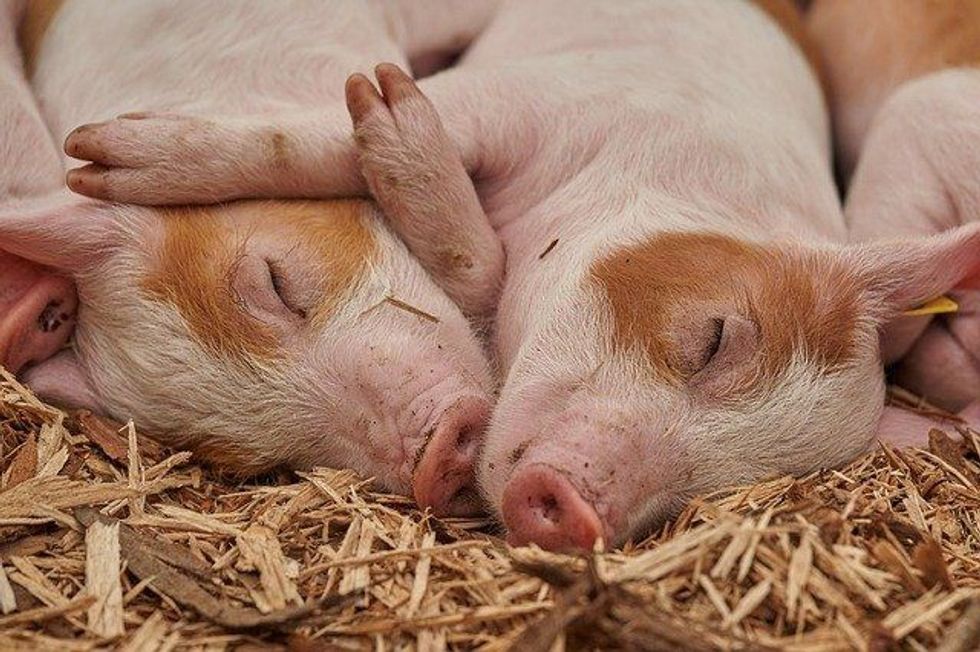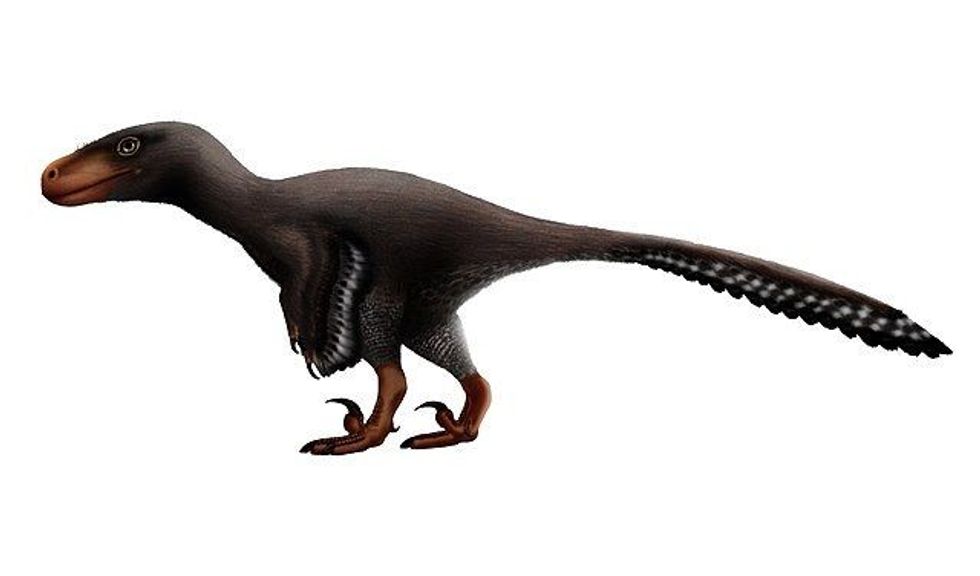Rollers are the birds of the family Corciidae. The Corciidae family has two genera of rollers, one is Coracias and the other Eurystomus.
The Corciidae family is a member of the order Coraciiformes, amongst nine other families. These are brightly colored, stunning, and noisy birds that have vibrant plumage.
They come in blue, red-brown, green, white, black, yellow, turquoise, lilac, pink, and violet colors. They are medium in size and have sturdily built bodies with bills that are curved like a hook.
The roller birds are known as 'rollers' because of the aerial moves that they carry out for courtship.
Their appearance is similar to that of crows when it comes to structure and size, but they resemble bee-eaters and kingfishers more when it comes to their colorful bodies. These stunning birds are insectivorous as their diet comprises insects mainly.
Their population is in abundance and the conservation status of Rollers is Least Concern, except the Azure roller bird and the European roller bird, which have a Near Threatened status as per the IUCN's Red List. To know more about these magnificent animals, we suggest you read on!
If you like reading about Roller birds, then you must read our interesting articles about the toco toucan and seaside sparrow.
Roller Interesting Facts
What type of animal is a Roller?
The Roller is a type of bird that belongs to the order Coraciiformes. The Roller birds are assumed to be indigenous to Africa as the ground rollers that are related to them are spotted in the trees of Madagascar, Africa. The diet of the rollers comprises rodents, frogs, ants, lizards, and locusts.
What class of animal does a Roller belong to?
The stunning roller birds belong to the kingdom Animalia and the class of Aves. The Rollers have a total of 13 species which are divided into two genera.
How many Rollers are there in the world?
The total population of the rollers is unknown. But their population is stable and widespread from Europe and Africa to Australia.
We do know the population of the European roller, which is estimated to be 159,000-330,000 birds, and the Indian roller which has around 2,500 mating pairs residing in Iraq as well as 15,000 of such partners in the Arabian Peninsula.
Where does a Roller live?
The Roller bird is found throughout the warm areas of Africa and Europe to Australia. A lot of the rollers are migratory birds that travel through India towards Africa. They can be spotted in the National parks of South Africa.
What is a Rollers' habitat?
The Roller birds prefer open areas filled with trees. They sit on tall trees or high perch to search and stalk their prey. They perch on poles or tall trees.
They can be commonly found in cities in parks and gardens. They are very active during the day and they sleep during the night. The roller bird population is distributed throughout the Old World's warmer areas. Several rollers like the European Roller are migratory.
They breed in Southern Europe and spend their winters in Africa. Other species tend to spend most of their time where they reside or some migrate smaller distances. South Africa is home to the majority of species.
Who does a Roller live with?
Roller birds are highly territorial. They guard their mating site by flying around at regular intervals. Rollers are loud and fierce and perform rolling dives to intimidate trespassers. These stunning birds are monogamous. They mate with only one bird only for life. They construct their nest in the hole of a tree.
How long does a Roller live?
The Roller birds may live as long as 17 years.
How do they reproduce?
The Rollers mate with one bird only for life (monogamous). They breed throughout March and June. The males even perform enchanting courtship display flights to lure a partner during the mating season.
Their usual site to create their nest is in the hole of a tree. The female roller bird lays two to four eggs in warmer regions. The Roller female can even lay three to six eggs if living in high altitudes.
The eggs are incubated by both parents. The eggs are white in color and hatch 17-20 days later. The chicks of the Rollers are born blind. They stay in their nest for 30 days after birth along with their parents.
The females and males both take care of the chicks. If there is a lack of food, then only the older young are fed. The diet of the young is made up chiefly of insects.
What is their conservation status?
Most of the Rollers are classified as Least Concern except the Azure roller bird. This Roller bird species is classified as Near Threatened in the IUCN's Red List.
The European roller was also under this category but its population increased significantly, so the IUCN classified them as Least Concern again. Their main threat is the loss of habitat due to deforestation in cities as well as rural areas. Fewer trees result in fewer sites to build a nest that is safe for their newborns.
Roller Fun Facts
What do Rollers look like?
Rollers are medium-sized birds with vividly colorful plumage, powerful, slightly curved beaks, and sturdily built bodies. They have around 10 colors namely blue, red-brown, green, white, black, yellow, turquoise, lilac, pink, and violet The lilac-breasted roller bird has brilliant blue wings which also have black borders around them.
The females and males are similar in appearance. The length of the rollers varies between 10-11 in (25 and 27 cm) with a wingspan range of 20–23 in (50-58 cm).
They have the same bright colors as bee-eaters and kingfishers. They have short necks and legs, with weak feet.
The outermost toe of the Roller bird is not joined to its two inner joint toes because of which do not jump or walk along with any perch. They rarely utilize their feet except for brief leaps over the ground in pursuit of prey, which reflects their toe weakness.

How cute are they?
The Rollers are quite cute animals. Their vibrant plumage is eye-catching. The babies of rollers are especially very cute.
How do they communicate?
The Roller birds communicate via their calls and attractive breeding display which they perform for females. The Roller bird's calls are short and low in pitch. They are rough caws that are repeated again and again.
The hatchlings create a distressing cry for food when they are in the nest. After being fed, they produce a loud piercing gobble. When they get a little older, as much to forage on their own, their voice now changes to mews, similar to that of a cat.
How big is a Roller?
The Rollers have a length that is in the range of 10-13 in (25-32 cm). Their wingspan range is 20–23 in (50-58 cm). They are similar in appearance to the crows.
How fast can a Roller move?
The speed of the Roller bird is not yet known. Their beautiful feathers are exhibited perfectly when in flight. Their flight comprises smooth dives.
How much does a Roller weigh?
The Rollers weigh anywhere between the range of 3.1–6.2 oz (90–176 g).
What are the male and female names of the species?
The male rollers are known as cocks and the female rollers are known as hens.
What would you call a baby Roller?
Babies of Roller birds, after hatching from eggs, can be called chicks, hatchlings, or fledglings. The fledglings are quite smart as they avoid a predator by vomiting on themselves. This vomit is orange in color and creates a very stinky smell. The parents get warned about the predator due to this smell.
What do they eat?
These small birds gather around to forage together. Rollers sit on high posts, wires, or tall trees to keep an eye out for frogs, insects, rodents, little reptiles, and big insects they can prey upon.
Their diet consists of flying ants, lizards, rodents, frogs, and locusts. Some of their major predators are the red-necked falcon, Wahlberg's eagle, Bateleur eagles, and peregrine falcons.
Are they poisonous?
No, these birds are not poisonous. However, they might carry several bacterial or viral infections.
Would they make a good pet?
These birds are very noisy and can get aggressive as well. Two of the Roller bird species have been classified as Near Threatened as well. It would be best not to keep this bird in captivity.
Did you know...
The stunning Indian Roller bird is the state bird of Karnataka, India.
The Eurystomus rollers have wings that are longer than the Coracias rollers. They have shorter feet than the Coracias rollers.
The Lilac-breasted roller is a symbol of peace, marriage, and pure love! Its blue feathers are even used in making South African wedding rings. South Africans also use the feathers of this bird in wedding dresses to enhance the design.
This beautiful bird is Kenya's national bird. Its population is in huge numbers in Kenya.
Swarms of termites draw Indian rollers, and as many as 40 birds have been spotted perching on electric lines to feed on these swarms.
How high can they fly?
The Lilac-breasted Roller Bird can fly at the altitudes of 226-472 ft (69-144 m) during the mating season while swooping smoothly.
Are they predators?
Yes, they are predators that are lethally graceful and are the ones that sit on trees and stalk their prey before grabbing it. They do not dissect their prey when they catch it. They take it to their nest to do that.
Here at Kidadl, we have carefully created lots of interesting family-friendly animal facts for everyone to discover! Learn more about some other birds from our frigatebird interesting facts and southern cassowary facts for kids.
You can even occupy yourself at home by coloring in one of our free printable Roller coloring pages.










